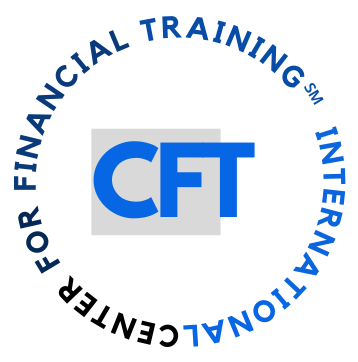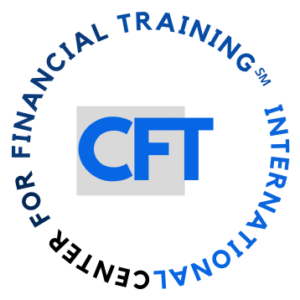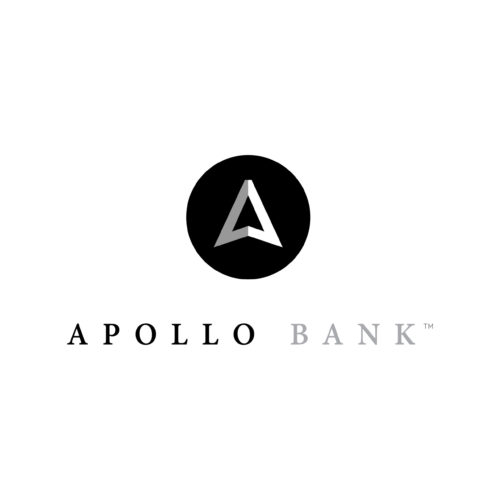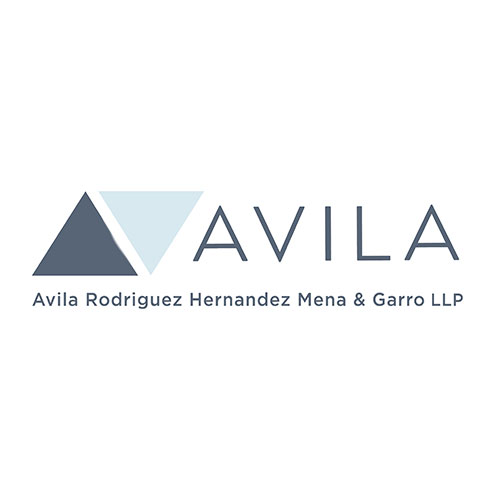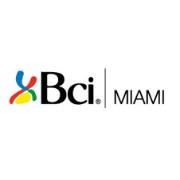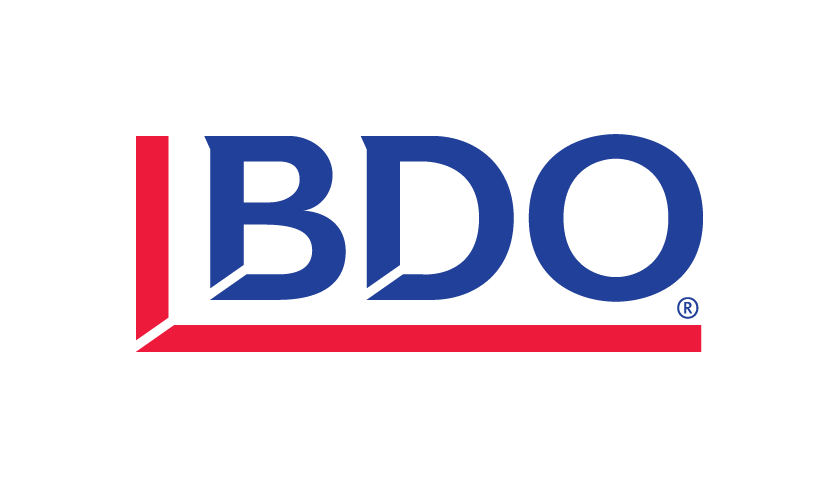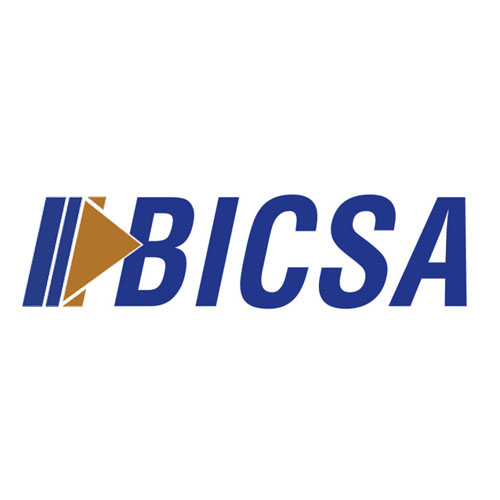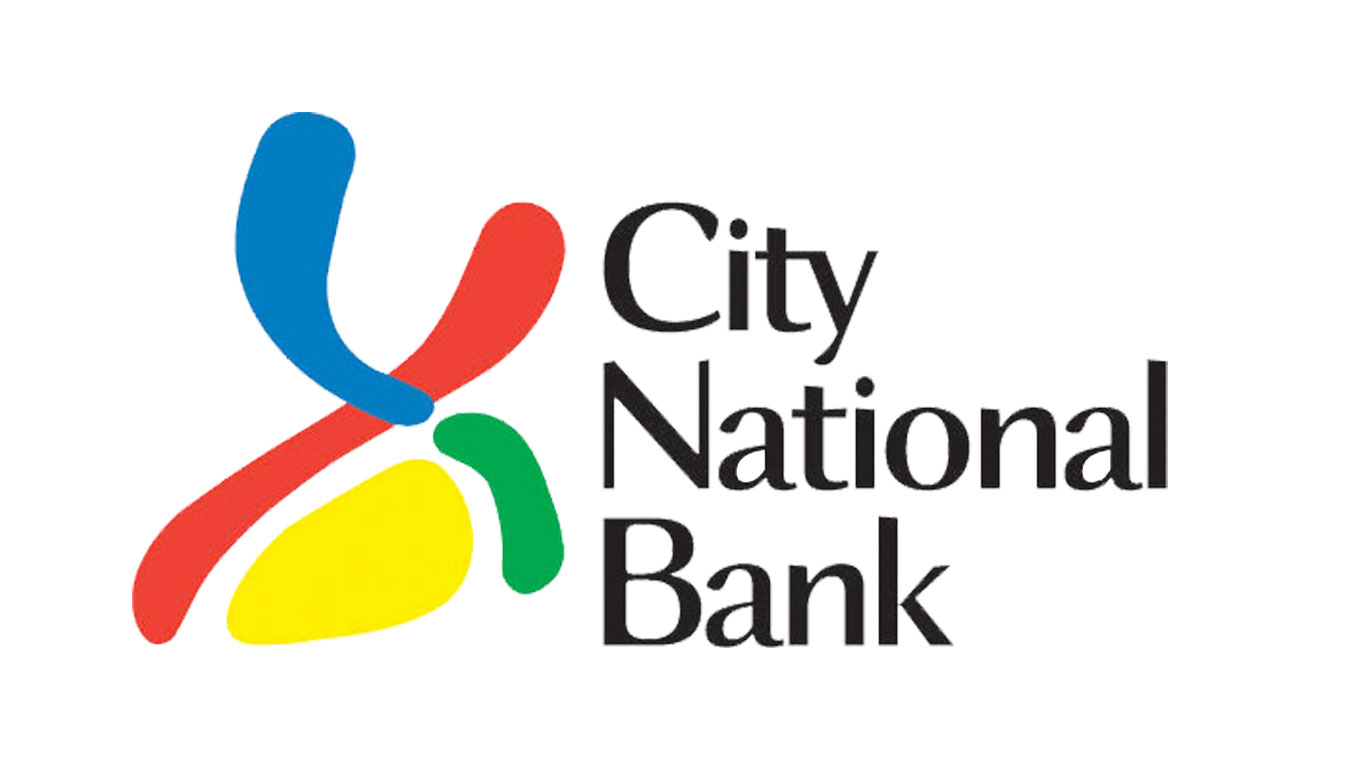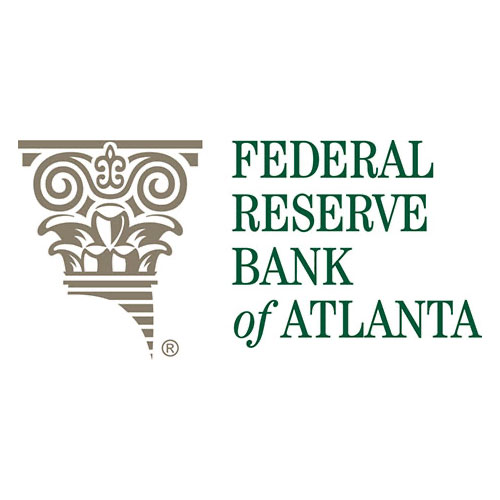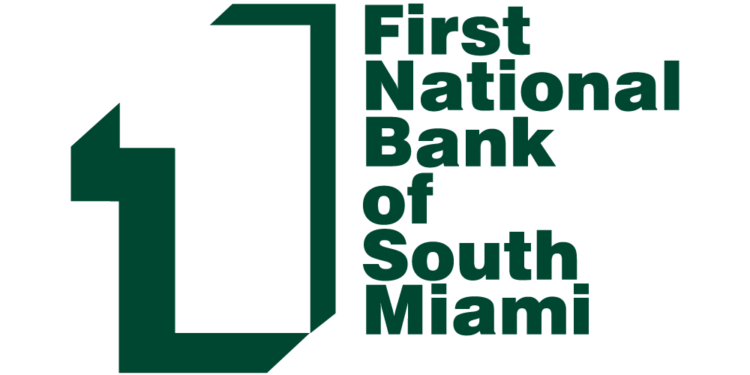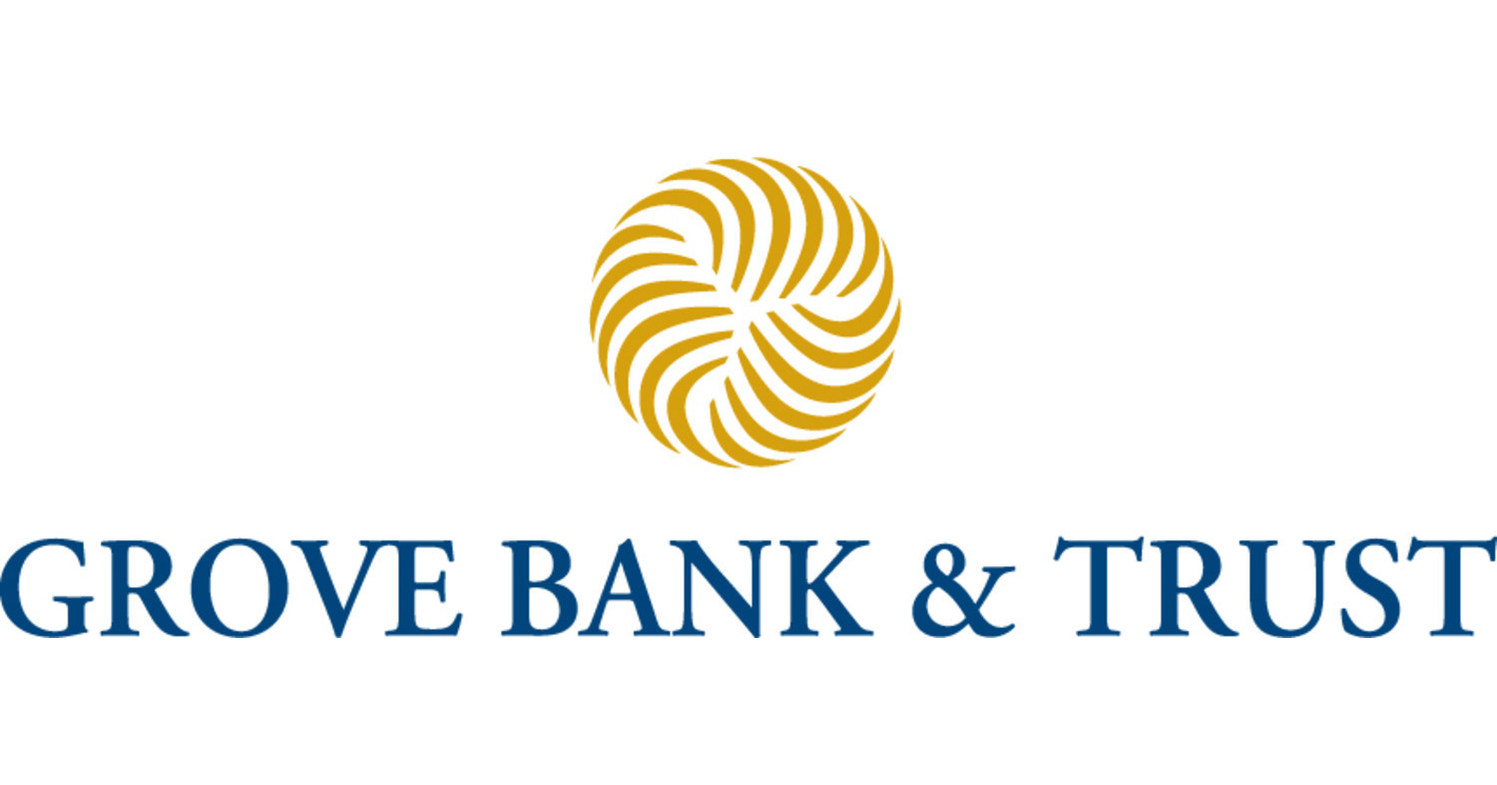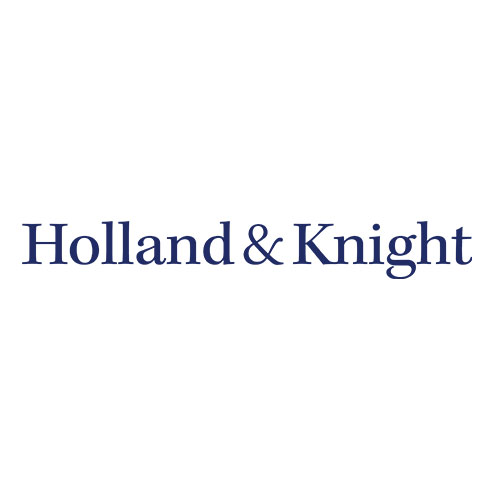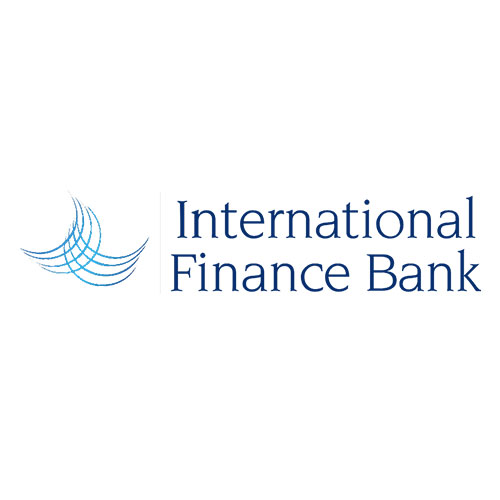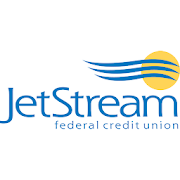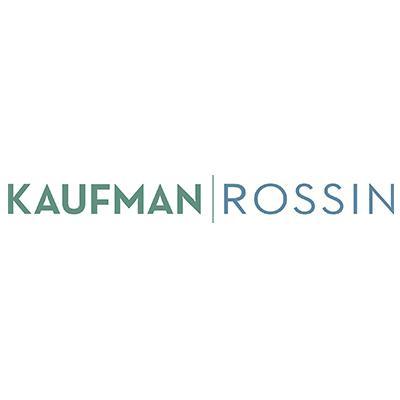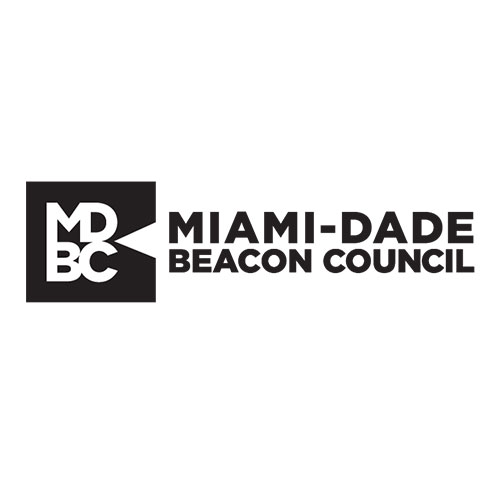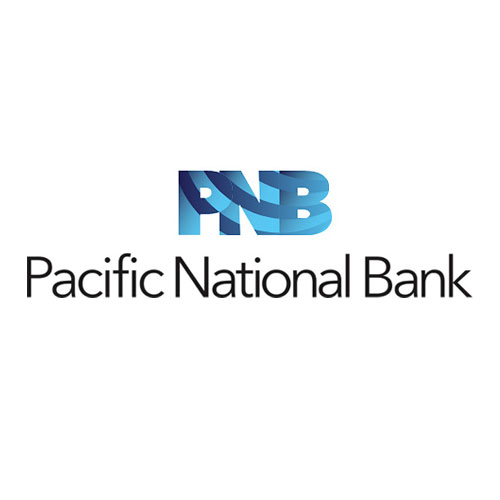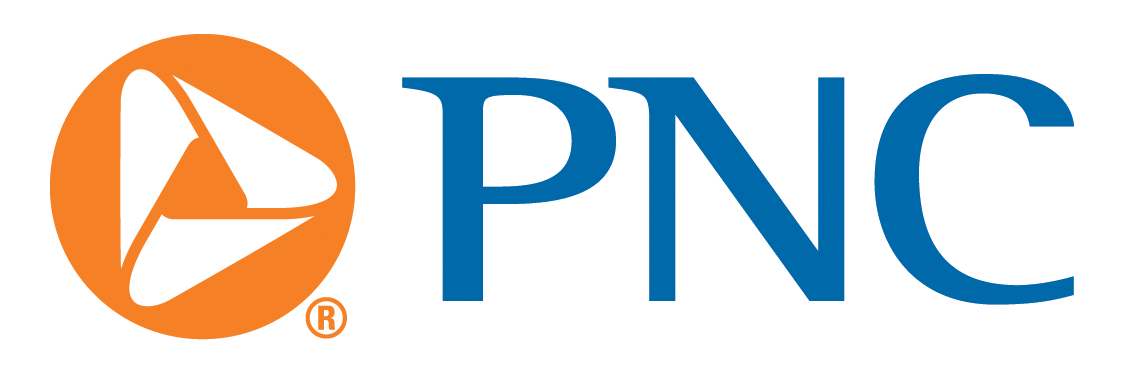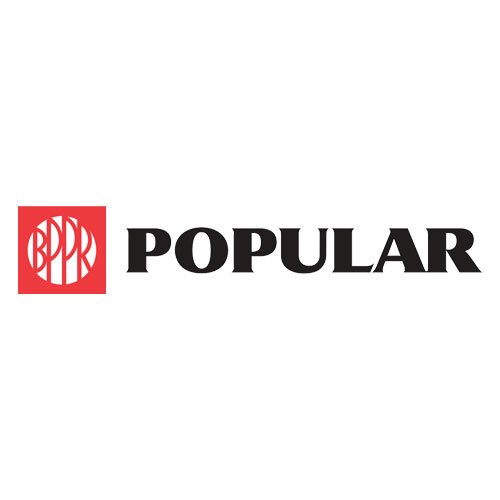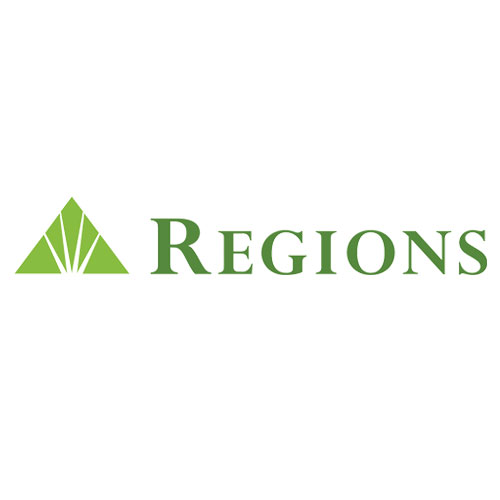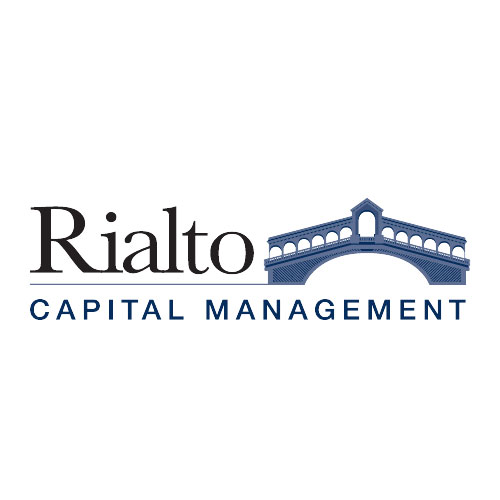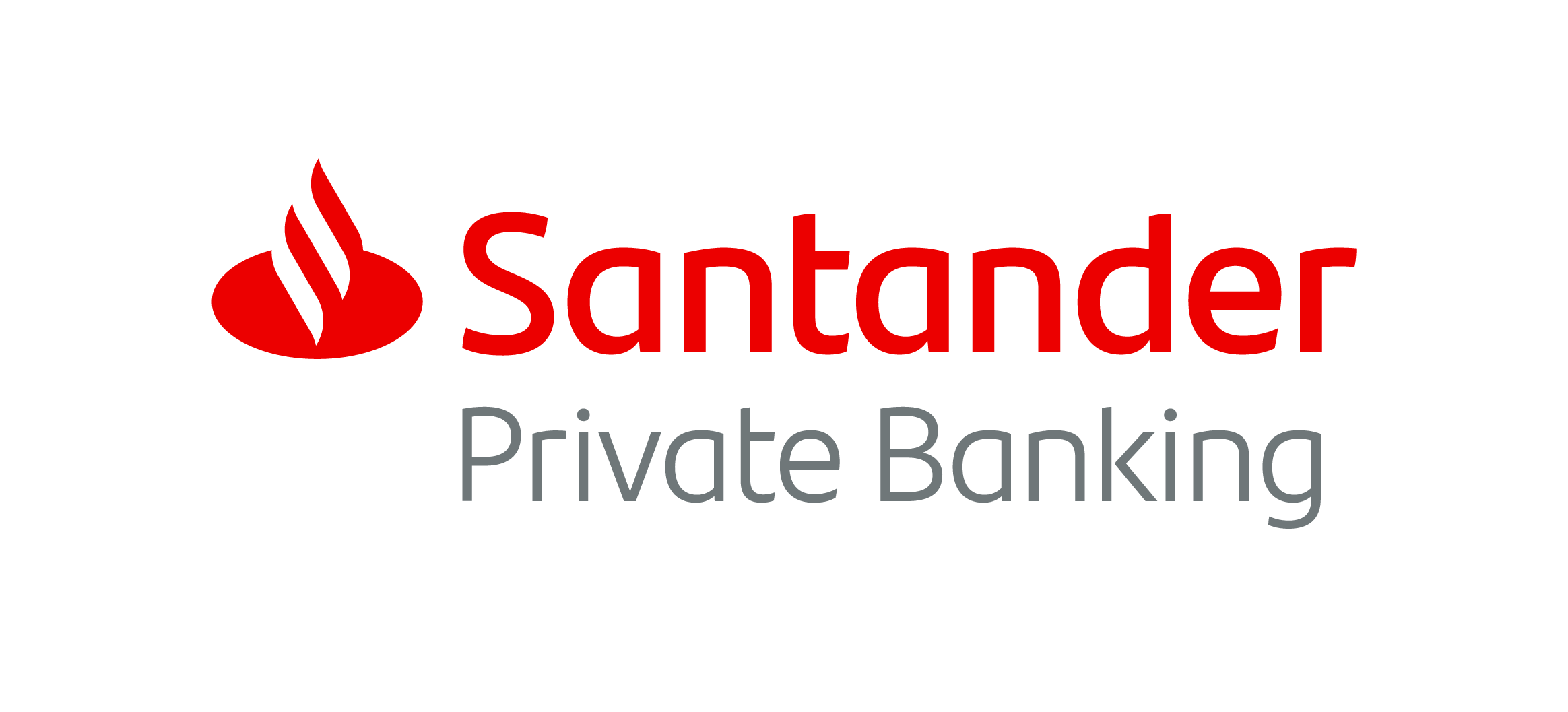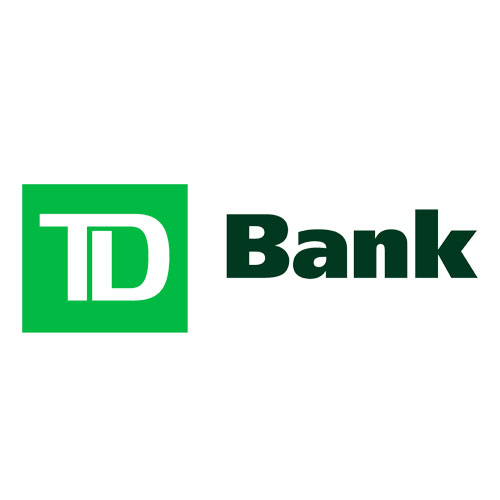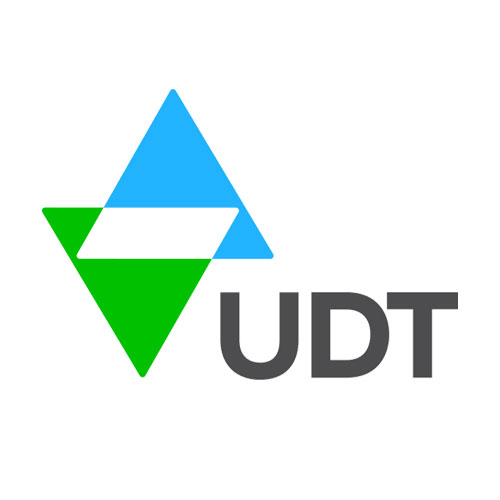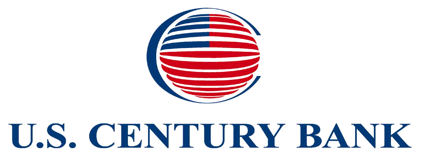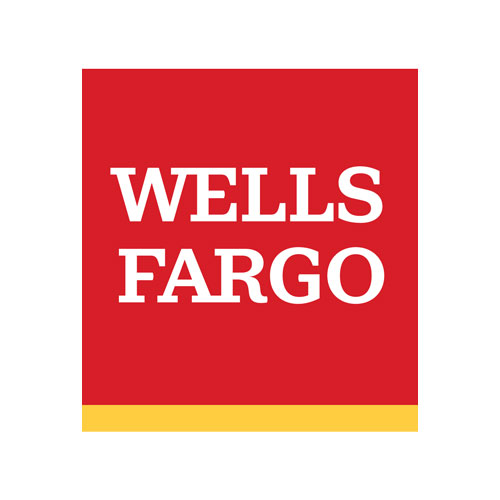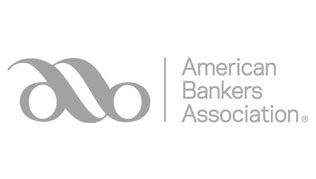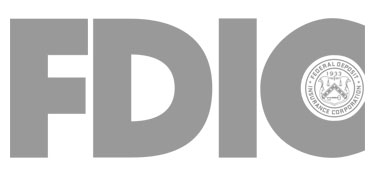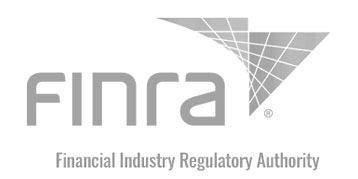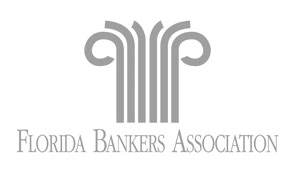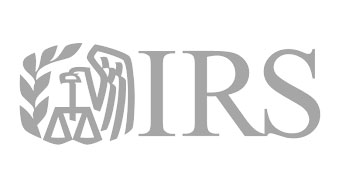Description
Notice: This curriculum is unavailable until further notice while Risk Management Association (RMA) implements content modifications. Please check back periodically for updates.
Learn how to identify a company’s net operating income (NOI) or cash flow, and analyze the project and proposed loan. Capitalization rates and valuation basics are also introduced, as well as the appraisal process and identifying best practices regarding environmental assessments.
Produced by the Risk Management Association
Courses*
*Only available as a series
- CRE-LDP 2.1 – Underwriting Basics
- CRE-LDP 2.2 – Collateral Valuation Considerations
What You’ll Learn
After completing this series, students will be able to:
- Identify the components of CRE quantitative analysis, including gross lease income, vacancy, operating expenses, and net operating income (NOI)
- Identify underwriting guidelines for your own bank
- Construct a basic income property cash flow using the components of CRE analysis
- Evaluate loan repayment sources using the DSC ratio, capitalization rates and valuation, and the LTV ratio
- Conduct a stress test of DSC for potentially lower cash flow and higher interest rates and of LTV for potentially higher CAP rates.
- Explore changes in property variables on an individual basis using sensitivity analysis
- Explain the role and function of capitalization rates
- Compare and contrast the direct capitalization valuation approach with the discounted cash flow approach
- Identify the key steps in ordering and reviewing appraisals
- Explain the rules and regulations regarding appraisals that lenders must follow
- Define and describe the types of CRE appraisals and their components
- Identify the key steps and issues involved in ordering and reviewing environmental assessments
- Describe the rules and guidelines for Phase I environmental reports
- Identify and describe the types of environmental risk management tools
